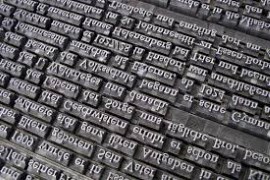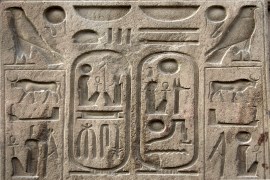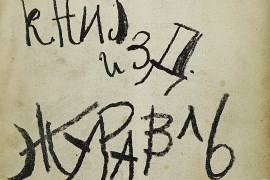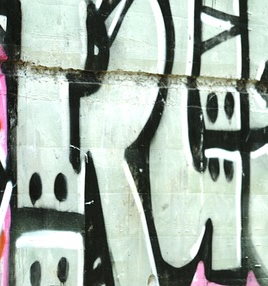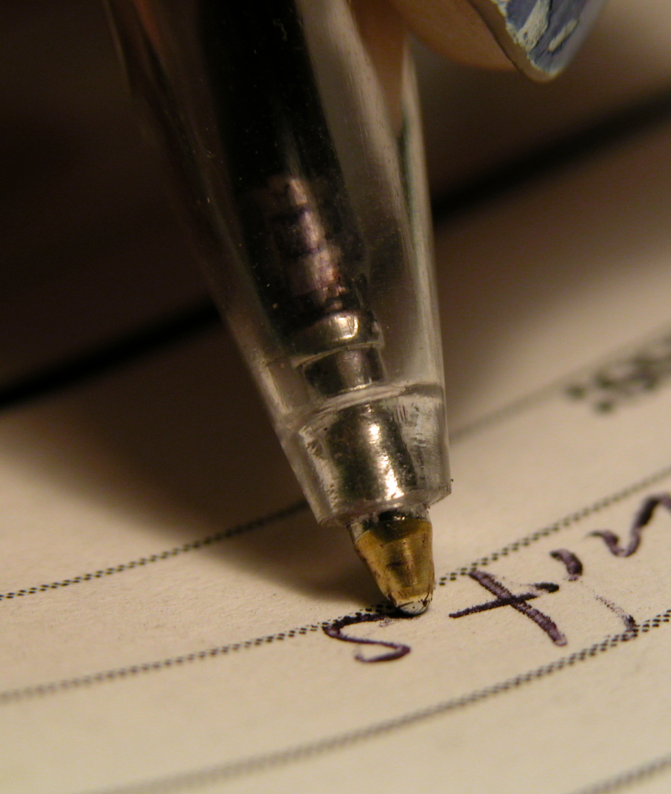Collections | Livre | Chapitre
Experiment, theory, representation
Robert Hooke's material models
pp. 193-219
Résumé
Robert Hooke's Micrographia of 1665 is an epochal work in the history of scientific representation. With microscopes and other optical devices, Hooke drew and then oversaw the engraving of Micrographia's plates, images that amount to little less than revelations from beneath the range of human vision (Fig. 1). In bristling detail, molds flower into putrid bloom, crystals protrude like warts from mineral skins and, for the first time in history, cells are brought to the eyes of a general viewership. So historical scholarship has shown us, Hooke was especially well equipped to make these wondrous images. A product of Oxford's lively scientific community of the 1650s and a protégé of the chemist Robert Boyle, he possessed intimate knowledge of the "new sciences' of the seventeenth century and a particular gift as an experimentalist.
Détails de la publication
Publié dans:
Frigg Roman, Hunter Matthew C. (2010) Beyond mimesis and convention: representation in art and science. Dordrecht, Springer.
Pages: 193-219
DOI: 10.1007/978-90-481-3851-7_9
Citation complète:
Hunter Matthew C., 2010, Experiment, theory, representation: Robert Hooke's material models. In R. Frigg & M. C. Hunter (eds.) Beyond mimesis and convention (193-219). Dordrecht, Springer.

